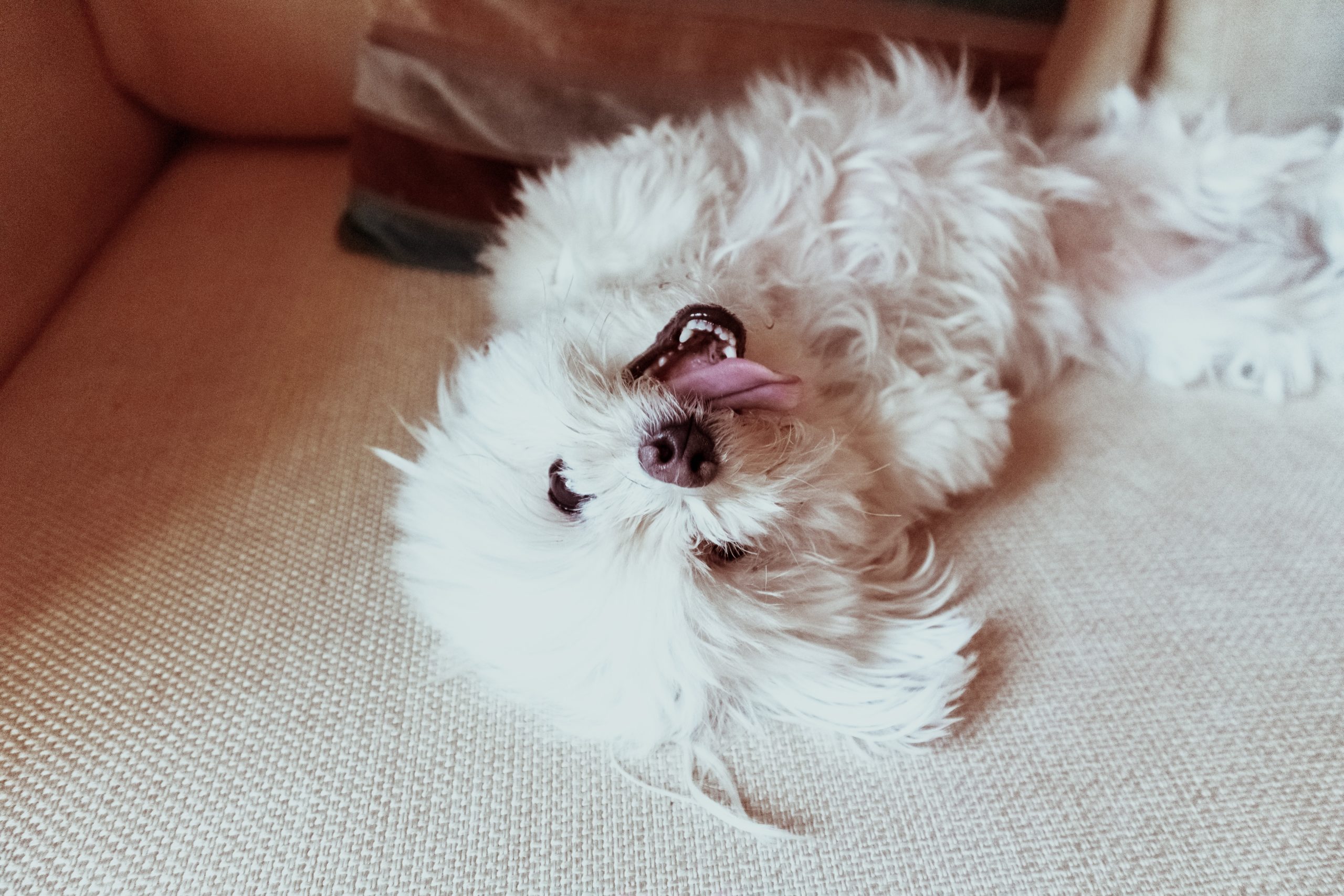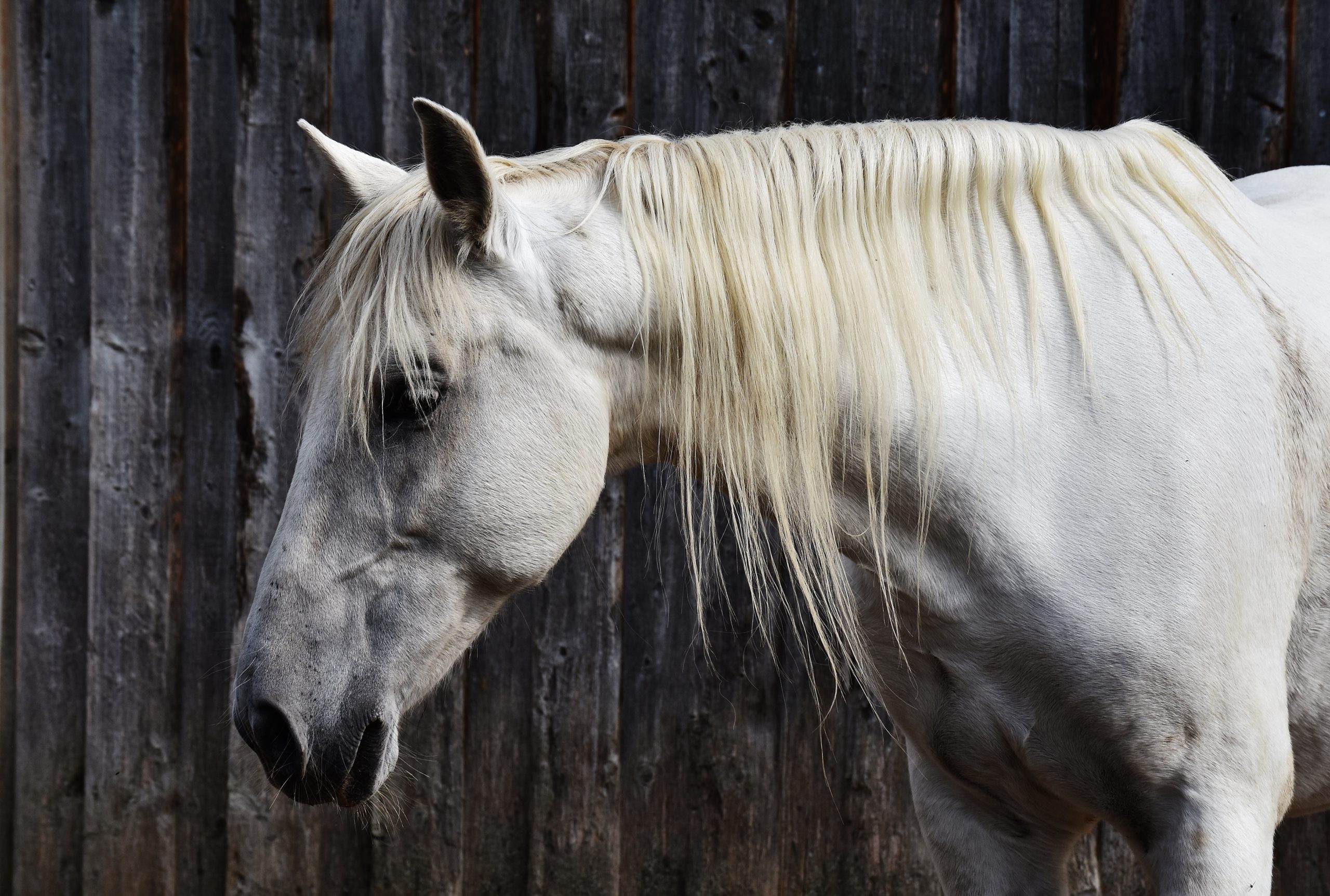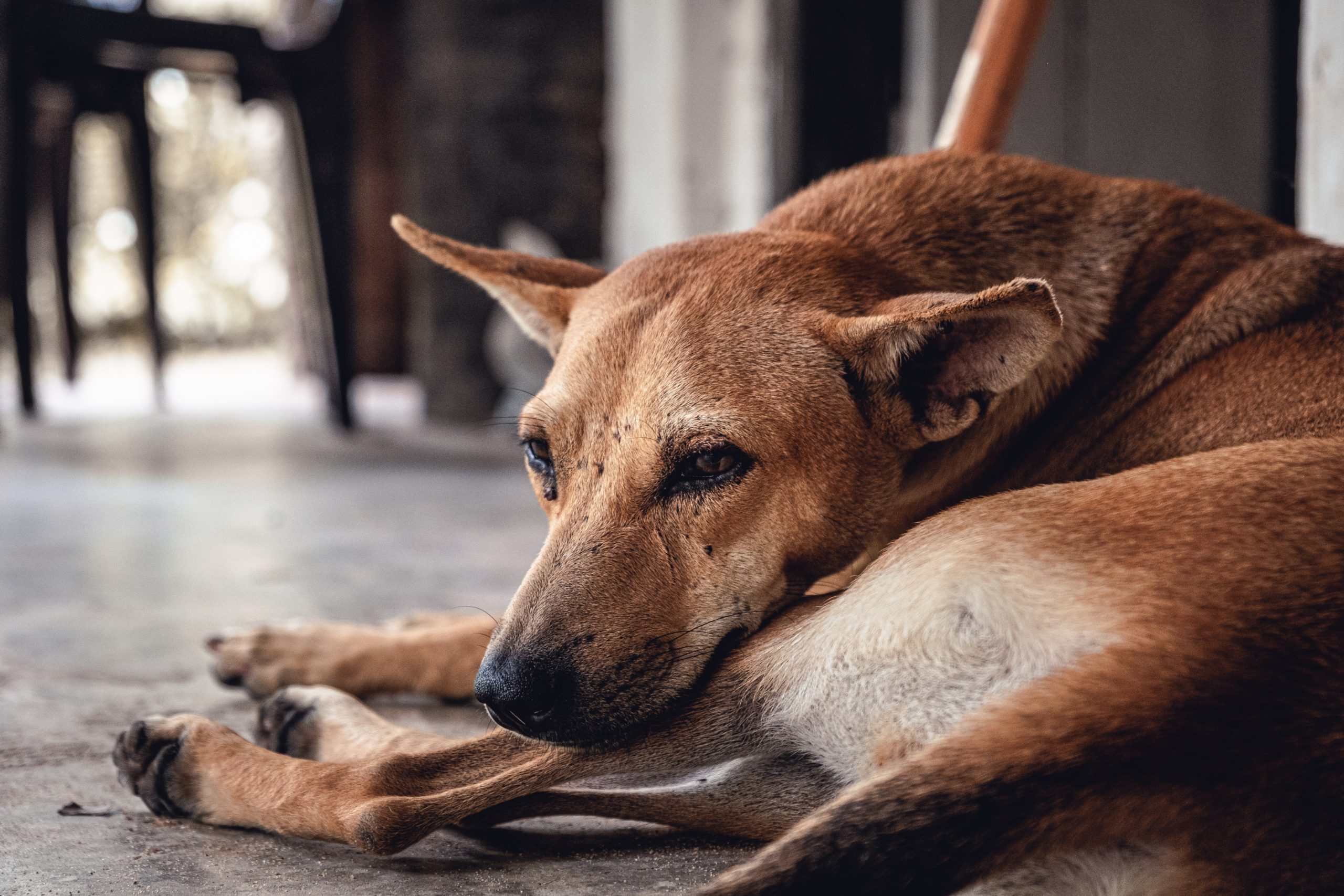Cranial (or anterior) cruciate ligament rupture is one of the most common orthopaedic conditions seen in the dog.
It can be an acute (sudden) or chronic degenerative injury of the anterior cruciate ligament that results in partial or complete instability of the knee joint.
This is similar to anterior cruciate ligament problems in humans, where damage is often related to skiing, football, or other sports-related accidents.
What is the cruciate ligament?
There are two cruciate ligaments in the knee and they cross each other as they pass between the two main bones of the leg, the femur and tibia. If the knee is subjected to twisting when under load, a common injury is a tearing of the anterior cruciate ligament. The tear may be partial or complete and results in destabilisation of the knee joint.
What causes cruciate ligament rupture?
Trauma to the knee joint may result in injury, but that is not a common cause in dogs. Types of trauma include dogs that have stepped into a hole, become ensnared in a fence or jumped from a large height.
Often cruciate ligament rupture is a gradual process, resulting from chronic inflammation in the knee joint. Age-related changes, repetitive activities, poor conformation, obesity, and immune-mediated diseases are some of the more common causes. An immune-mediated disease is a condition where the body’s defence mechanism turns against itself and starts attacking the body, instead of protecting it.
Either sex and any age or breed of dog may be affected but evidence suggests that younger, more active large breeds of dogs may be predisposed to cruciate ligament rupture.
What are the signs of cruciate ligament rupture?
Athletic or traumatic events generally cause the kind of acute cruciate ligament injuries that result in a non-weight-bearing lameness with the affected limb held up off the ground. Degenerative types of cruciate ligament injuries are noted by subtle to marked intermittent lameness that goes on for weeks to months, especially in medium and large breed dogs. The lameness may improve on its own in small breed dogs (<10kg).
Cruciate ligament rupture also predisposes other structures within the knee to injury, such as the menisci, which are the shock absorbers of the knee. This results in progression of the osteoarthritis and lameness.
Partial cranial cruciate ligament tears are difficult to diagnose in the early stages of injury. Initially, affected animals have a mild weight-bearing lameness associated with exercise, and until degenerative changes develop, the lameness resolves with rest. Later, however, as the ligament continues to tear and the stifle joint becomes increasingly unstable, degenerative changes worsen and lameness becomes more pronounced and does not resolve with rest.
Bilateral disease, where both knee joints are affected, is common.
How is a torn cruciate ligament diagnosed?
Your veterinarian may suspect cruciate ligament rupture after an examination. Without the stabilising action of the anterior cruciate ligament, the femur and tibia move in an abnormal fashion in relation to each other. This instability can be demonstrated by eliciting the ‘drawer sign’. It can sometimes be demonstrated when the dog is conscious, but in many cases, the dog requires sedation or general anaesthesia to allow proper examination of the joint.
X-rays assist in identifying arthritic changes within and around the knee joint.
How is the problem treated?
Surgery to stabilise the knee joint is the best option for treatment. When the joint is unstable for a period of time, arthritic changes will begin that cannot be reversed. Some small dogs will respond to conservative treatment, such as rest and non-steroidal anti-inflammatory medication for 6-8 weeks, although the risk of developing degenerative joint disease is higher.
There are a few different surgical techniques for cruciate ligament repair, with new procedures continually being developed. This is to try to increase the success rate of the surgery so that the joint functions normally or near normally. Arthritis can still develop in the affected joint following surgery, but will be to a significantly lesser extent than if no surgery were performed.
Advanced orthopaedic surgical procedures actually alter the biomechanics of the joint so the animal can bear weight and walk without a cranial cruciate ligament. These surgical techniques are usually performed by veterinarians with specific training or veterinary surgical specialists.
After surgery, activity is restricted to leash walking for a minimum of 6-8 weeks. Supervised rehabilitation of the knee should start within 2-3 days and should include a regime of passive range of motion, balance exercises, and walks on leash.
Will the cruciate ligament in the other leg rupture too?
Overweight dogs are more prone to cruciate ligament tears, so a weight loss program is recommended for overweight dogs. In some cases, there may be degenerative changes in the ligaments that predispose them to injury, resulting in partial tears that can progress with time to full tears, so there is a chance that the opposite knee joint may have a similar type injury in the future. The underlying reason for these degenerative changes is not fully understood.




